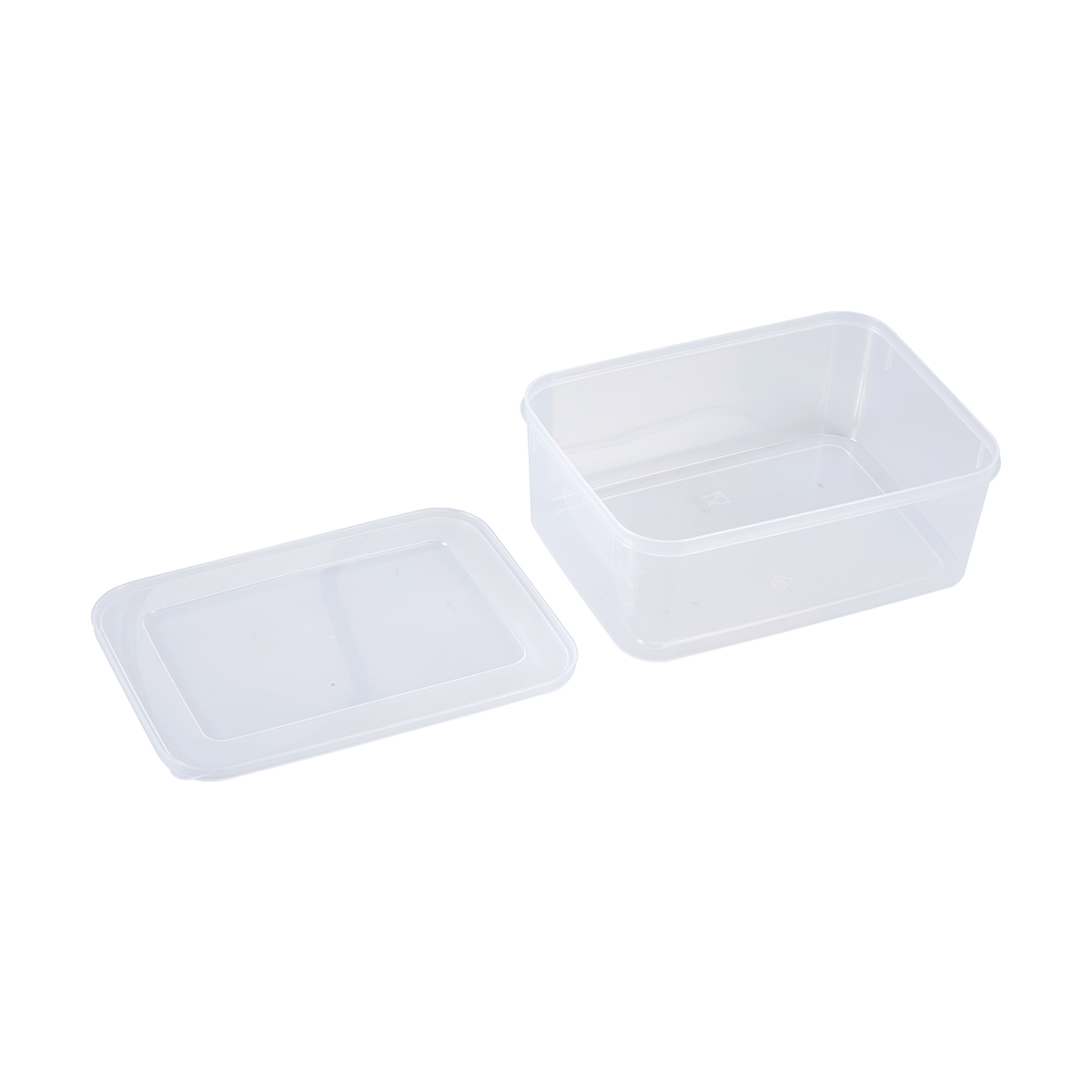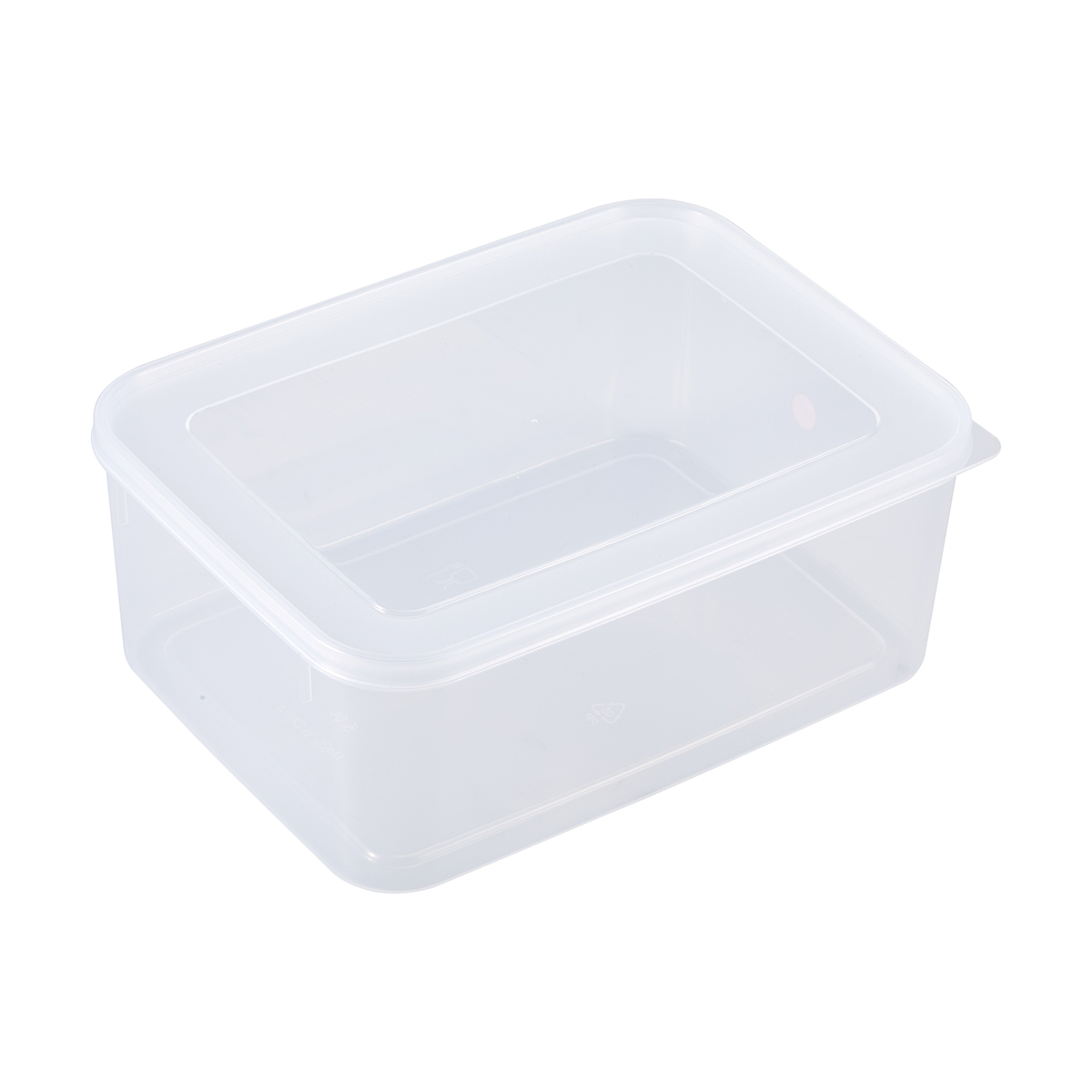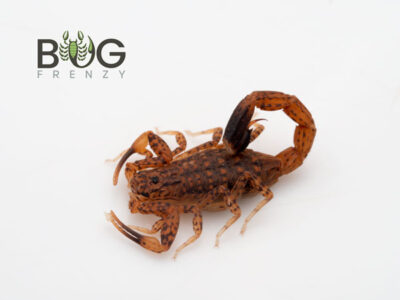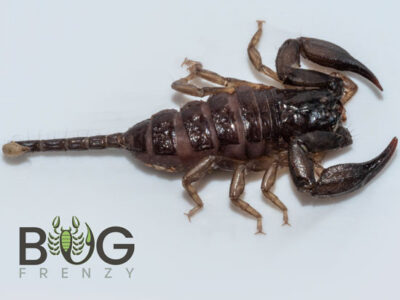No products in the cart
Yellow Sand Scorpion (Lychas ‘buchari’ Roxby Downs locale)
$40.00 – $50.00
Fast, active scorpions for experienced keepers only!
Description
These are large Buthid scorpions found only in and around Centralian sand dunes where they can be found almost exclusively in late spring and summer. During the day they burrow and seal off the entrance,(they do this in winter too) but at night roam the sand dunes looking for resting grasshoppers, moths, small spiders etc.
This species reportedly has a painful sting but are generally very timid and can play dead for hours. These scorpions are not present anywhere not sandy and will not be found on clay flood pans where their relatives Isometroides vescus dwell. These scorpions grow to 55mm in length. Males have longer tails (metasomas) than females and generally are slimmer-bodied (mesosoma). The hands of the male are a fair bit more bulbous than females and the fingers are shorter, this helps them get a better grip on the females’ pedipalps during the mating dance (promenade à deux). The females also have less granulated bodies and segments on the arms, the hand is small and roughly triangular and the fingers spindly.
Before purchasing, please ensure that you can correctly care for them. Unfortunately many keepers put specialist desert dwellers, forest dwellers and rainforest dwelling arachnids indiscriminately on moist sand-and-cocopeat mix that results in them dying due to improper care. These scorpions are NOT for beginners and are recommended for Experienced Keepers only.
In winter do not expect to see these out often but if kept in a heated room over 15 degrees can be active at night as the threshold for night-active Buthids is about 10 degrees.
The ideal sand for these is our red desert sand and not white washed sand, this is for a multitude of reasons; white plays and is far too fine, this inhibits the scorpions ability to detect prey, as they have 2 wing-like appendages under the body called pectins that are placed upon the sand and detect vibrations. All scorpions have these, but they are particularly large and have the largest amount of “teeth” in this scorpion species. While it makes them “pop” in colour more than red sand, we believe the health of the invertebrate is of more importance than what something looks like
This species can be kept in a few ways, but none are easy and this species is NOT for beginners.
- A small, completely sealed (airtight) housing with completely dry, baked red desert sand. A very small quantity of water should be added to one end of the enclosure, a couple drops will do. Use shallow sand as this species will probably not burrow in captivity and the water should be near the surface. I suggest taking a small pinch of sand and sprinkling it over the circular patches of wet sand formed by the drops just to keep it a bit down.
- Also a small, sealed housing but this time with baked sand and ~1-2% moisture by weight added to it and mixed thoroughly. So if you have 1kg of sand, add 10-15mls of water. This may not seem like much, but these scorpions are desert-adapted and come from central Australia so this generally means 2 things. 1: Due to being found in and evolving in an arid habitat, these are not tolerant to mycosis, which is a fungal infection of the body parts in contact with substrate, it is unclear how spores arrive but they need even a little bit of water to survive and infect the scorpion. It will appear as black and sometimes misshapen and rotten extremities and will be fatal if not kept in check or eliminated before it is too late. 2: This goes without saying, but everything needs water to survive, so a lack of moisture completely would result in desiccation so water must be present, this brings us to the 3rd method
- A fully ventilated and airy enclosure that is completely dry except for a scoria-filled water dish that must contain water at all times. This method is best for long-term as maintaining the perfect moisture level needed with the above 2 methods for a long period may be difficult, the scorpions will tolerate unsatisfactory conditions for a short while however and luckily signs are easy to notice and correction of husbandry can save the scorpions’ life.
- The final method, rather annoying to maintain and not very well suited to this species. It involves a linear hydration gradient with one end being airy and devoid of moisture and the other end being airtight with a deep layer of leaf litter at one end along with a large scoria-filled water dish not only for drinking out of but to humidify the air and allow the leaf litter to retain moisture.
We offer a kit that uses method 3 for permanent storage.
Additional information
| Weight | 0.1 kg |
|---|
12 reviews for Yellow Sand Scorpion (Lychas ‘buchari’ Roxby Downs locale)
Only logged in customers who have purchased this product may leave a review.








Katie R. (verified owner) –
I freaking love her to bits
Thanks for helping me sort tracking quickly
Can’t fault this company at all
Jason Melide (verified owner) –
She’s an exciting one who’s kinda scared of her shadow. Warmed up to her home very well.
josh anderson (verified owner) –
Anonymous (verified owner) –
Chris Hall (verified owner) –
The Yellow Sand Scorpion is very fast and feisty
Brett Collingwood (verified owner) –
Ryan Harris (verified owner) –
Sophie (verified owner) –
Louis (verified owner) –
Beautiful and very healthy
Amy (verified owner) –
Very happy with my new scorpion, absolutely gorgeous
Yiren (verified owner) –
Received the scorpion fast! It came well packaged with a good amount of sphagnum moss to retain moisture and keep it comfy in transit. Love the details and the care guides provided. Extremely useful to tailor my enclosure to the species of the scorpion.
Collin (verified owner) –
Amazing creatures